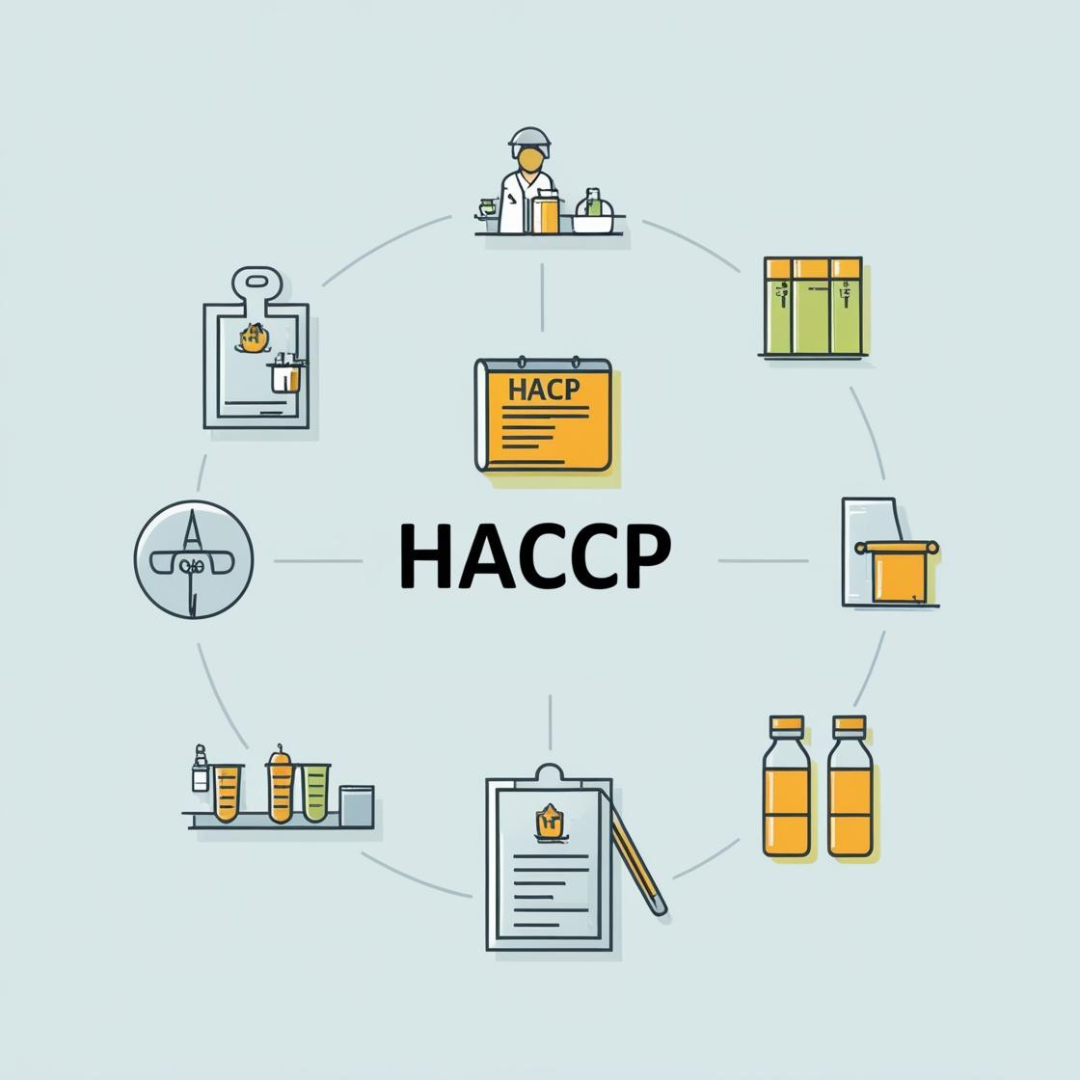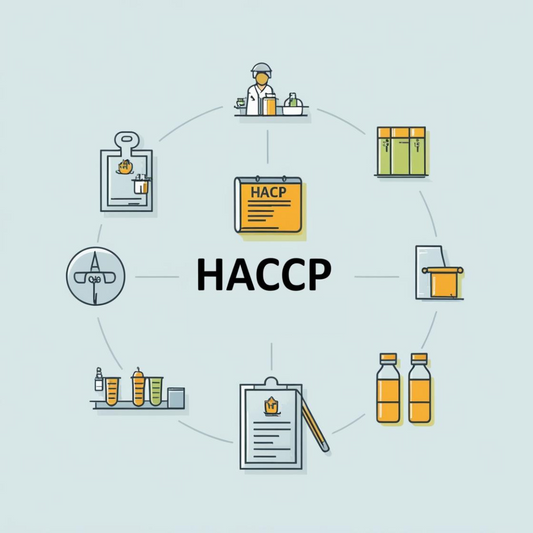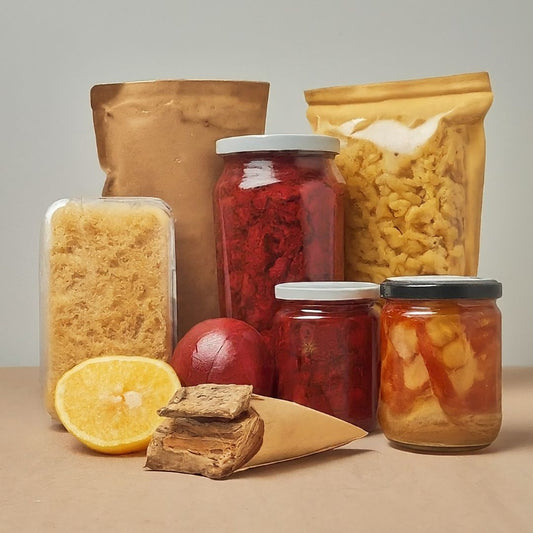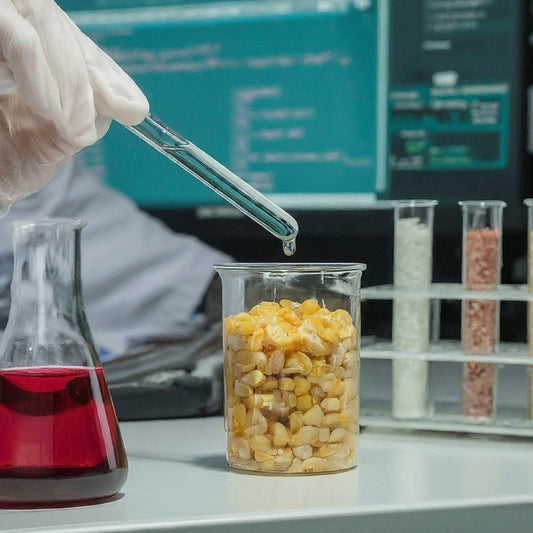🌱 Unconventional Drying Technologies in Food: Hidden Innovations with Huge Potential
Share
In food processing, drying is crucial to extend shelf life, reduce weight for transportation, and preserve bioactives. While hot air and freeze drying dominate the industry, several novel drying methods are emerging with unique benefits — but remain underutilized due to cost, scalability, or lack of awareness.
Here are some uncommon but promising drying methods that could reshape how we process food:
🔬 1. Electrohydrodynamic (EHD) Drying
How it works: Uses high-voltage electric fields to generate "ionic wind" that accelerates moisture evaporation.
Why it matters: This method consumes very little energy and is ideal for heat-sensitive foods like herbs, enzymes, or probiotics. Its precision minimizes thermal degradation and enhances nutrient retention.
Challenge: Not yet commercialized due to equipment complexity and scale limitations.
☁️ 2. Supercritical CO₂ Drying
How it works: Uses carbon dioxide in a supercritical state (both liquid and gas) to extract moisture.
Why it matters: No oxygen exposure means minimal oxidation — making it perfect for drying antioxidant-rich ingredients, herbs, or delicate spices.
Challenge: High operational cost and complex machinery hinder mainstream adoption.
🌬️ 3. Ultrasound-Assisted Drying
How it works: Ultrasound waves create microchannel pathways in food that allow moisture to escape more easily.
Why it matters: Enhances drying rate, preserves color and structure, and shortens processing time without harsh heat.
Challenge: Mostly used as a pre-treatment; full integration still in trial stages.
🌀 4. Refractance Window Drying (RWD)
How it works: Food is spread on a transparent film over hot water, using infrared heat transfer through the “window.”
Why it matters: Ideal for drying purees, juices, or slurries with exceptional retention of flavor, aroma, and vitamins like vitamin C.
Challenge: Limited to thin-layer applications and small-scale operations.
⚡ 5. Ohmic Heating-Based Drying
How it works: An electric current passes through the food, heating it internally.
Why it matters: Ensures uniform heating with minimal thermal gradients, preserving texture and reducing energy waste.
Challenge: Requires high conductivity in food; not suitable for dry or oily products.
🔄 6. Vacuum Pulse Drying
How it works: Alternating vacuum and atmospheric pressure pulses remove water while protecting structure.
Why it matters: Especially useful for high-value fruits, this method avoids collapse and color loss while enhancing rehydration ability.
Challenge: Not yet energy-efficient enough for large-scale industrial use.
🧲 7. Magnetic Field-Assisted Freeze Drying
How it works: Enhances conventional freeze-drying with magnetic fields to influence crystal formation and speed drying.
Why it matters: Delivers better texture and reduced shrinkage for delicate foods like berries or functional powders.
Challenge: Experimental stage; lacks commercial readiness.
💡 Why We Should Care
As demand rises for clean-label, minimally processed, nutrient-rich foods, these technologies offer a sustainable edge—with lower energy use, better nutrient retention, and novel textures.
Adoption hurdles exist, but with greater awareness and R&D support, these under-the-radar methods could be the next frontier in smart food processing.





